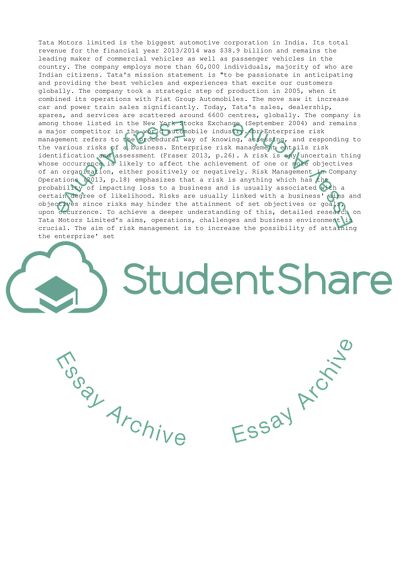Cite this document
(Enterprise risk management Coursework Example | Topics and Well Written Essays - 2750 words, n.d.)
Enterprise risk management Coursework Example | Topics and Well Written Essays - 2750 words. https://studentshare.org/management/1866608-enterprise-risk-management
Enterprise risk management Coursework Example | Topics and Well Written Essays - 2750 words. https://studentshare.org/management/1866608-enterprise-risk-management
(Enterprise Risk Management Coursework Example | Topics and Well Written Essays - 2750 Words)
Enterprise Risk Management Coursework Example | Topics and Well Written Essays - 2750 Words. https://studentshare.org/management/1866608-enterprise-risk-management.
Enterprise Risk Management Coursework Example | Topics and Well Written Essays - 2750 Words. https://studentshare.org/management/1866608-enterprise-risk-management.
“Enterprise Risk Management Coursework Example | Topics and Well Written Essays - 2750 Words”. https://studentshare.org/management/1866608-enterprise-risk-management.


